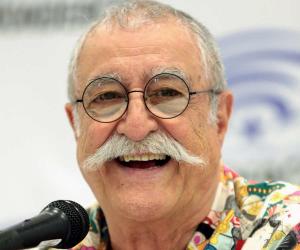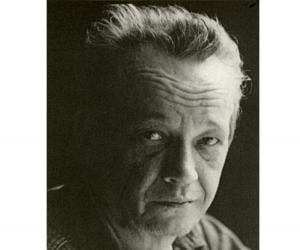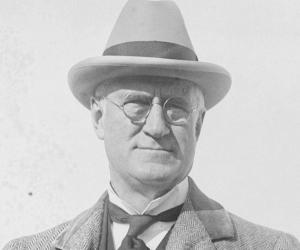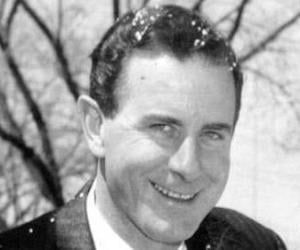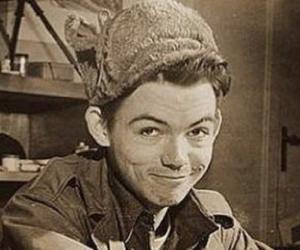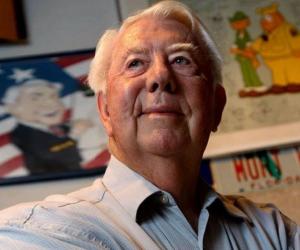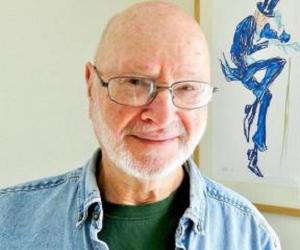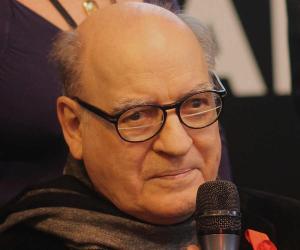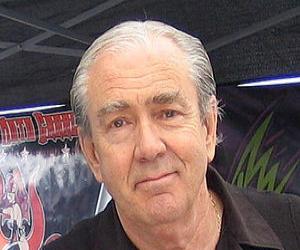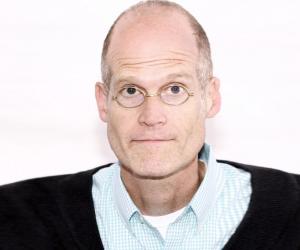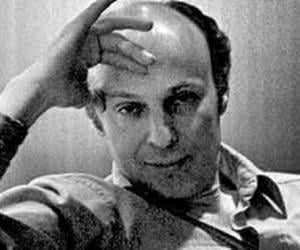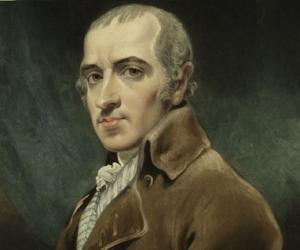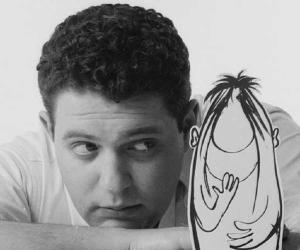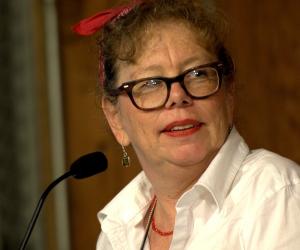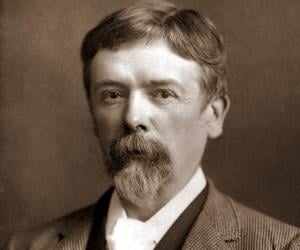Quick Facts
Indian Celebrities Born In October
Also Known As: R. Laxman, Rasipuram Krishnaswamy Iyer Laxman
Died At Age: 93
Family:
Spouse/Ex-: Kumari Kamala
siblings: R. K. Narayan
Cartoonists Indian Men
Died on: January 26, 2015
place of death: Pune, Maharashtra, India
City: Mysore, India
More Facts
education: University of Mysore
awards: Padma Bhushan
Padma Vibhushan
Ramon Magsaysay Award
Childhood & Early Life
He was born as Rasipuram Krishnaswami Laxman on October 24, 1921 in Mysore, India, at the home of a headmaster. He was the youngest of six brothers and also had one sister. The famous writer, R. K Narayan was his elder brother
He loved to draw from a young age and would cover the floors and walls of his house with doodles. He spent a lot of time observing the drawings and illustrations in the magazines and would try to copy them.
As he grew up he started drawing caricatures of his father and teachers, much to the amusement of his siblings and classmates. One of his brothers, Narayan was a budding writer and Laxman used to illustrate the stories his brother wrote.
He was highly impressed by the works of the British cartoonist Sir David Low whose works often appeared in ‘The Hindu’.
He enjoyed an idyllic childhood, playing with his brothers and observing nature. Unfortunately tragedy struck when his father suffered a paralytic stroke and died. However, he received the support of his extended family and could carry on his life.
Having decided that he wanted to become an artist he applied to the J. J. School of Art, Bombay, after completing high school. The art school, however, rejected him saying that he lacked the talent to join the institution as a student.
He then enrolled at the University of Mysore from where he graduated with a Bachelor of Arts degree.
Career
Even as a student he had started contributing illustrations to newspapers and magazines. After graduation he continued his freelance work and contributed cartoons to ‘Swarajya’.
He also drew illustrations for an animated film based on the mythological character Narada, working as a part of an animated film unit at Gemini Studios in Madras.
He then moved to Bombay to explore newer avenues. There he tried his luck at several newspapers and finally started working for R.K. Karanjia’s weekly publication, ‘Blitz’. This proved to be his first break and he soon became popular as a cartoonist.
In 1946 he joined the ‘Free Press Journal’ as a political cartoonist. It was here that he met fellow cartoonist Bal Thackeray who would eventually become a famous politician in future.
He worked very hard at his job, and often did more than what the salary justified. He toiled for hours each day and produced a political cartoon every other day. However, some differences with his bosses made him leave the publication.
By now he has become a renowned cartoonist and was appointed by ‘The Times of India’ in 1947 on a salary of Rs. 500—a princely sum in those days. Initially he provided illustrations for the ‘Illustrated Weekly of India’ and comic strips for a children’s magazine.
Though he possessed a keen sense of politics, his editors did not appreciate his political cartoons much. But they changed their minds when one of his cartoons appeared in the ‘Evening News of India’ and was well received by the readers.
Soon, his cartoons started appearing on the front page of ‘The Times of India’, and his reputation as a cartoonist grew day by day. Eventually, he became the paper’s chief political cartoonist.
It was while working at ‘The Times of India’ that he came up with the idea for the cartoon strip ‘You Said It’, featuring the “Common Man”. The strip was witty and funny while at the same time serious and sarcastic. The Common Man was a mute spectator to the events unfolding before him—he represented the silent majority of India.
He was also a writer in addition to being a cartoonist. Some of his novels are ‘The Hotel Riviera’ (1988) and ‘The Messenger ‘(1993). A collection of his short stories, essays and articles was published as ‘The Distorted Mirror’ in 2003.
Major Works
He is best remembered as the creator of the “Common Man”, a balding, bespectacled middle-aged man dressed in a simple dhoti who represented the average Indian. The character was so popular that he was even featured in a commemorative postage stamp released by the Indian Postal Service on the 150th anniversary of the ‘Times of India’ in 1988.
Awards & Achievements
He was honored with The Ramon Magsaysay Award in 1984 in the category Journalism, Literature, and the Creative Communication Arts (JLCCA).
In 2005 he was awarded the Padma Vibhushan, India’s second highest civilian honour.
Personal Life & Legacy
He was once married to Bharatanatyam dancer and film actress Kumari Kamala but the marriage ended in divorce.
He later remarried another woman, also named Kamala. His second wife wrote books for children.
He suffered a stroke in 2003 which left him paralyzed on his left side. He suffered multiple strokes since 2010 and was keeping in ill health since then. He died in Pune on 26 January 2015 at the age of 93.
Facts About R. K. Laxman
R. K Laxman was known for his love of animals, especially dogs.
He often featured dogs in his cartoons and had a soft spot for them in real life as well.
Despite being a renowned cartoonist, Laxman was also a talented musician and played the violin proficiently.
He often found solace in music and believed it to be a form of expression that complemented his art.
He was known for his witty remarks and playful banter with friends and colleagues, which added to his charming personality.
He was an avid birdwatcher and enjoyed spending time in peaceful natural surroundings.
Laxman had a keen interest in literature and poetry, which influenced his artistic style and approach.
He often incorporated references to classical works of literature in his cartoons, showcasing his intellectual depth and appreciation for the written word.
See more:


